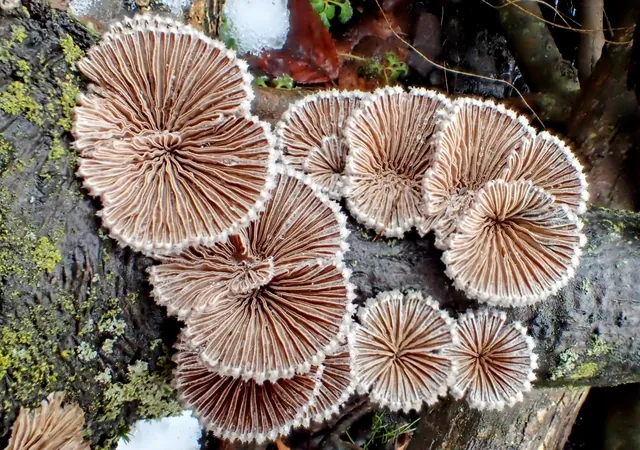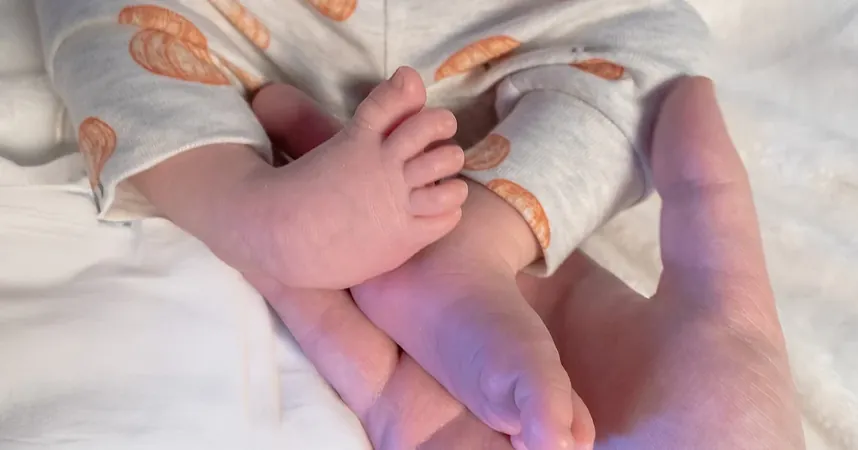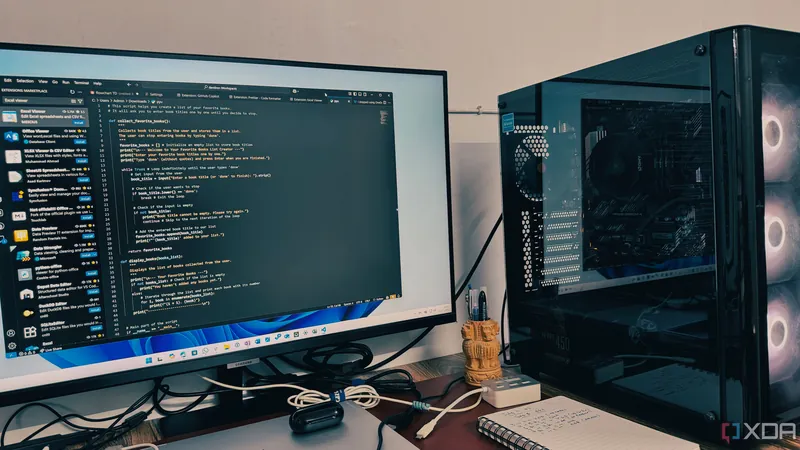
Unlocking the Future: How Mushrooms Could Revolutionize Sustainable Materials
2025-06-10
Author: Charlotte
The Fungi Frontier in Material Science
At McMaster University, scientists are pioneering a groundbreaking approach to sustainable materials using the humble split gill mushroom (Schizophyllum commune). Boasting a staggering 23,000 mating types, this fungus is a treasure trove for innovation.
Mycelium: Nature's Building Blocks
Mushrooms grow mycelium, a robust network of fibers that can potentially serve as biodegradable alternatives to plastics, leather, and foams. However, the resulting materials can differ vastly in strength, flexibility, and water resistance, even when produced under identical conditions.
Exploring Genetic Variations
Researchers meticulously evaluated 16 strains of mushrooms—four monokaryons and twelve dikaryotic offspring. Identifying the impacts of both nuclear and mitochondrial DNA on the materials' qualities was crucial to this exploration.
Turning Fungi into Functional Films
Using a liquid fermentation method, the team cultivated mats of mycelium within just 12 days. By incorporating crosslinkers like polyethylene glycol (PEG) and glycerol, they transformed these fluffy mats into sturdy films. Professor Jianping Xu observes this as a significant leap, noting that nature's inherent genetic variation can lead to a diverse array of materials.
Distinct Features of Mushroom Films
Each type of film created showcased unique properties. Glycerol yielded soft, flexible sheets, while PEG produced sturdier, albeit more brittle, films. Some films made with PEG exhibited a remarkable ductility of over 41%, but others were more prone to breaking.
Complex Interactions at the Molecular Level
Statistical analyses revealed intricate interactions between mitochondrial and nuclear genotypes with the crosslinkers. Certain combinations excelled in water absorption, while others provided greater strength and elasticity. No single strain was superior across all measurements.
A Closer Look: Fiber Structure Analysis
Electron microscopy revealed that PEG-treated films maintained more aerial hyphae, resulting in rougher surfaces, while glycerol-treated films appeared smooth and gelatinous. This texture can influence where these materials break under stress.
The Water Experiment: Absorption Differences
When subjected to water behavior tests, PEG films soaked up water rapidly due to their superwicking properties. In contrast, glycerol films demonstrated consistent moisture attraction, making them particularly well-suited for packaging and wearable materials.
Towards Eco-Friendly Material Solutions
What’s more, this research provides a real pathway for producing eco-friendly materials rooted in biology. By harnessing existing natural variations, scientists can more easily develop a range of materials for different industrial applications, from textiles to biodegradable packaging.
The Road Ahead: Challenges and Opportunities
While the study marks a significant step forward, challenges remain. Some untreated films deteriorated beyond testing, and the researchers couldn't explore every possible genetic combination. Nonetheless, this pioneering work lays a robust foundation for future breakthroughs.
Nature's Recipe Book for Material Innovation
This research fundamentally reshapes our perspective on sustainable material design. Instead of forcing nature to accommodate our needs, we can delve into the vast genetic library that nature offers. The split gill mushroom, with its rich diversity, opens doors to new possibilities, proving that nature already holds the secrets we seek.
Final Thoughts
As this study appears in the Journal of Bioresources and Bioproducts, it emphasizes the potential of mushrooms in the quest for sustainable alternatives that could reshape entire industries. The future looks promising—thanks to fungi!









 Brasil (PT)
Brasil (PT)
 Canada (EN)
Canada (EN)
 Chile (ES)
Chile (ES)
 Česko (CS)
Česko (CS)
 대한민국 (KO)
대한민국 (KO)
 España (ES)
España (ES)
 France (FR)
France (FR)
 Hong Kong (EN)
Hong Kong (EN)
 Italia (IT)
Italia (IT)
 日本 (JA)
日本 (JA)
 Magyarország (HU)
Magyarország (HU)
 Norge (NO)
Norge (NO)
 Polska (PL)
Polska (PL)
 Schweiz (DE)
Schweiz (DE)
 Singapore (EN)
Singapore (EN)
 Sverige (SV)
Sverige (SV)
 Suomi (FI)
Suomi (FI)
 Türkiye (TR)
Türkiye (TR)
 الإمارات العربية المتحدة (AR)
الإمارات العربية المتحدة (AR)